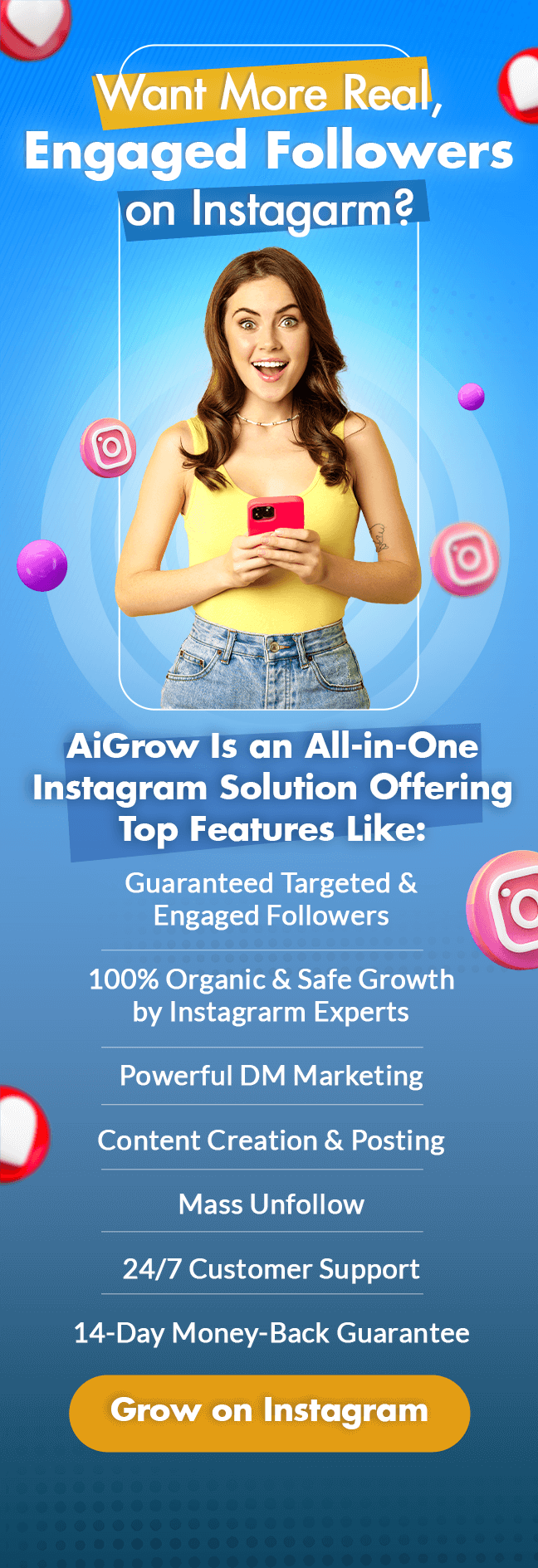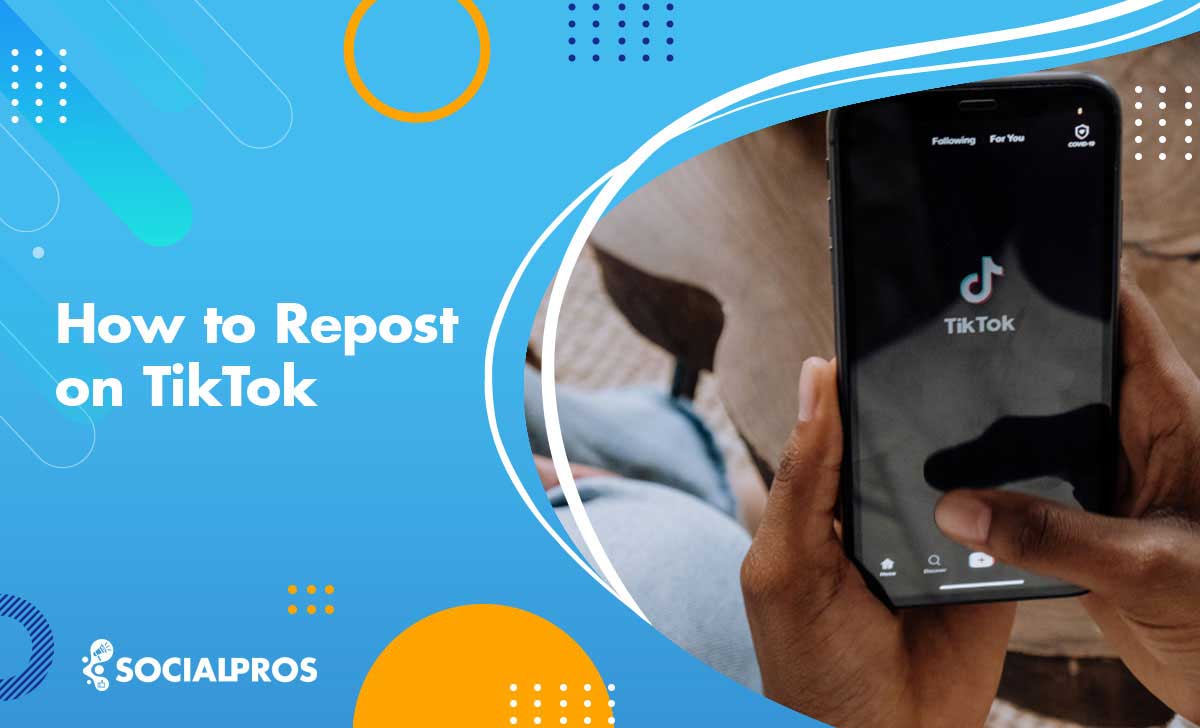Page Contents
As publishers, we know you’re always looking for effective ways to maximize your advertising strategies. Good news! Your social media metrics can be a goldmine of insights that could transform your approach to programmatic advertising.
Understanding and analyzing these metrics allows you to identify trends, gauge audience behavior, and fine-tune your social media advertising strategies to deliver more targeted ads.
Let’s dive into the details and see how your social media metrics can be your new secret weapon in programmatic advertising. Buckle up, and let’s get started!
Understanding Social Media Metrics for Advertising Success
Before diving into the specifics of social media metrics, we need to establish what they are and how they play an essential role in improving programmatic advertising efforts.
Why Social Media Metrics Matter
Social media metrics are critical to understanding the effectiveness of your marketing strategies and engaging with your audience. According to Statista, as of 2023, over 4.9 billion people were using social media worldwide, a number that is only projected to increase.
This underscores the vast potential of social media platforms for businesses.
Social media metrics provide valuable data about audience behavior. They help track engagement, reach, leads, and sales, enabling businesses to understand what resonates with their audience and what doesn’t. For instance, if a post garners many likes and shares, it clearly struck a chord with your audience.
Moreover, these metrics are intrinsically linked to achieving social media advertising goals. They enable businesses to tailor strategies, optimize campaigns, and drive better results.
By analyzing metrics like click-through rates (CTR) and conversion rates, companies can fine-tune their advertisements to maximize ROI. This is why ignoring social media metrics is not an option for businesses seeking success in today’s digital landscape.
Key Social Media Metrics for Advertising
While there are many social media metrics, there are a few key metrics that publishers should focus on for programmatic advertising success, including:
- Engagement Rate – the percentage of people who interacted with your content (e.g., likes, shares, comments) among those who saw it. It’s crucial to measure how well your content resonates with your audience and encourages their interaction when creating content for social media. High engagement rates often indicate compelling content that drives audience actions.
- Reach refers to the number of completely unique users who have seen your content. It helps to understand the potential audience size and the extent of your brand visibility. A higher reach means your message is getting across to a larger audience.
- Clicks refer to the number of times users click on your content or ad. It’s a direct measure of the interest your content generates. More clicks usually mean your content is compelling enough for users to learn more.
- Conversions refer to users’ desired actions after clicking on your ad, such as making a purchase, downloading an app, or filling out a form. This metric is important for understanding the effectiveness of your ads in driving business goals.
These metrics collectively evaluate ad performance. High engagement and reach reflect compelling content and broad visibility, respectively.
More clicks indicate strong interest, and conversions represent success in achieving the desired business goals. They provide invaluable insights to optimize strategies and maximize return on investment.
Navigating the World of Programmatic Advertising
While social media metrics are essential, it’s also important to understand how they can be used for programmatic advertising success.
What is Programmatic Advertising?
Programmatic advertising automates the buying and selling of ad inventory in real-time. It uses AI marketing and machine learning algorithms to purchase ads based on specified criteria, eliminating the traditional manual process.
This automation streamlines the ad-buying process, saving time and resources.
It also maximizes efficiency by targeting specific audiences, optimizing ad spend, and improving the overall effectiveness of marketing campaigns. Programmatic advertising revolutionizes the digital advertising landscape.
How Programmatic Ads Work
Programmatic ads operate on an automated, auction-based system where ad spaces are bought and sold in real-time. Advertisers bid on each ad impression as it’s served, with the highest bidder winning the ad placement. This process, known as Real-Time Bidding (RTB), happens within milliseconds.
Programmatic advertising also allows precise targeting based on user data, ensuring ads reach the right audience at the right time, thereby increasing ad effectiveness and efficiency.
Integrating Social Media Metrics into Programmatic Strategies
Using social media metrics can help publishers elevate their programmatic advertising efforts.
Utilizing Social Media Data for Targeting
Social media data provides invaluable insights into audience demographics, interests, and behaviors. These metrics aid in audience segmentation, allowing marketers to tailor their messages to specific groups for more effective targeting.
Businesses can create personalized content that resonates with their audience by analyzing age, location, hobbies, or past interactions.
This utilization of social media data ensures that marketing efforts reach the most relevant users, ultimately increasing engagement and conversion rates.
Optimizing Ad Creatives with Engagement Metrics
Engagement metrics play a crucial role in optimizing ad creatives. They provide insights into how audiences interact with ads, measuring clicks, shares, likes, and comments.
Marketers can gauge ad effectiveness and adjust their strategies by analyzing these metrics. If an ad garners high engagement, it’s likely resonating well with the audience.
Low engagement may indicate a need for creative adjustments. This is why engagement metrics guide the creation of more impactful and successful ad campaigns.
Measuring Social Media Influence and Programmatic Success
Quantifying social media influence can be challenging, as it’s about more than just follower count. It involves measuring the authority and impact a user has on their audience. Key metrics such as follower growth, shares, and mentions contribute significantly.
Follower growth indicates increasing influence, while shares and mentions reflect audience engagement and endorsement of the content. However, these metrics should be analyzed in conjunction – a high follower count with low engagement might signal a lack of genuine influence.
Linking Metrics to Programmatic Performance
Social media metrics directly impact the success of programmatic ads. These metrics, such as click-through rates, impressions, and engagement, provide insights into audience behavior and ad effectiveness.
Advertisers can optimize their programmatic strategies by analyzing these metrics to improve targeting, creative design, and bidding tactics. This data-driven approach ensures that ads reach the most relevant audience, enhancing engagement and conversion rates.
Strategies to Leverage Programmatic Advertising for Social Media Influence
How can we leverage programmatic advertising to increase social media influence?
Optimizing Ad Placements
Ad placements are a key factor in determining the success of programmatic campaigns. By optimizing ad placements, marketers can help ensure their content is seen by the right audience at the right time.
This increases brand visibility and ensures that ads reach engaged and influential followership. For example, targeting influencers with relevant ads can help businesses extend their reach and drive more leads.
A/B Testing and Iterative Improvement
A/B testing is a great way to optimize programmatic strategies for social media influence. This process involves running different iterations of an ad and comparing the results, allowing marketers to evaluate which strategy works best.
Adjusting messaging, visuals, or targeting parameters based on testing results allows businesses to continuously refine their campaigns for maximum effectiveness.
Conclusion
Social media metrics are essential for successful programmatic advertising. Marketers can refine their targeting tactics by leveraging audience data and creating more impactful ad creatives.
Moreover, engagement and influence metrics provide valuable insights into how a target audience interacts with ads, helping to optimize strategies and maximize ROI.
To capitalize on the potential of programmatic advertising, businesses must integrate social media metrics into their marketing strategies to ensure the most effective campaigns.
FAQ’s
Here are some frequently asked questions regarding programmatic advertising to help you better understand this subject:
Q1: How Do Social Media Metrics Affect Advertising Targeting?
Social media data provides invaluable insights into audience demographics, interests, and behaviors. This data can create highly segmented audiences more likely to engage with ads.
By analyzing user data such as age, location, hobbies, or past interactions, businesses can tailor their messages to the right people and boost ad performance.
Q2: What Are the Benefits of Using Programmatic Advertising?
Programmatic advertising helps streamline the ad-buying process, saving time and resources. It also maximizes efficiency by targeting specific audiences, optimizing ad spend, and improving overall campaign effectiveness.
Businesses can drive more leads by leveraging real-time data to automate campaigns and significantly boost their ROI.
Q3: How Can Engagement Metrics Enhance Ad Creativity?
Engagement metrics measure how users interact with ads, including clicks, shares, likes, and comments. By analyzing these metrics, marketers can identify which creatives resonate well with their audience – and which ones need to be adjusted.
This feedback allows them to create more impactful ad campaigns that drive higher engagement and conversion rates.
Q4: Which Social Media Metrics Are Crucial for Measuring Influence?
Measuring social media influence involves analyzing several key metrics. These include follower growth, shares, and mentions – all providing insights into user engagement and endorsement.
Follower growth indicates increasing influence, while shares and mentions signal genuine interest in the content. Analyzing these metrics together can help marketers accurately gauge their social media influence.
Q5: Can Social Media Metrics Predict Programmatic Ad Performance?
Social media metrics are powerful indicators of programmatic ad performance. These metrics, such as click-through rates, impressions, and engagement, provide insights into audience behavior and how well an ad resonates.
By analyzing these data points, advertisers can adjust their strategies to improve targeting, creative design, and bidding tactics – ultimately optimizing campaign effectiveness.





